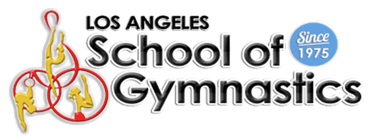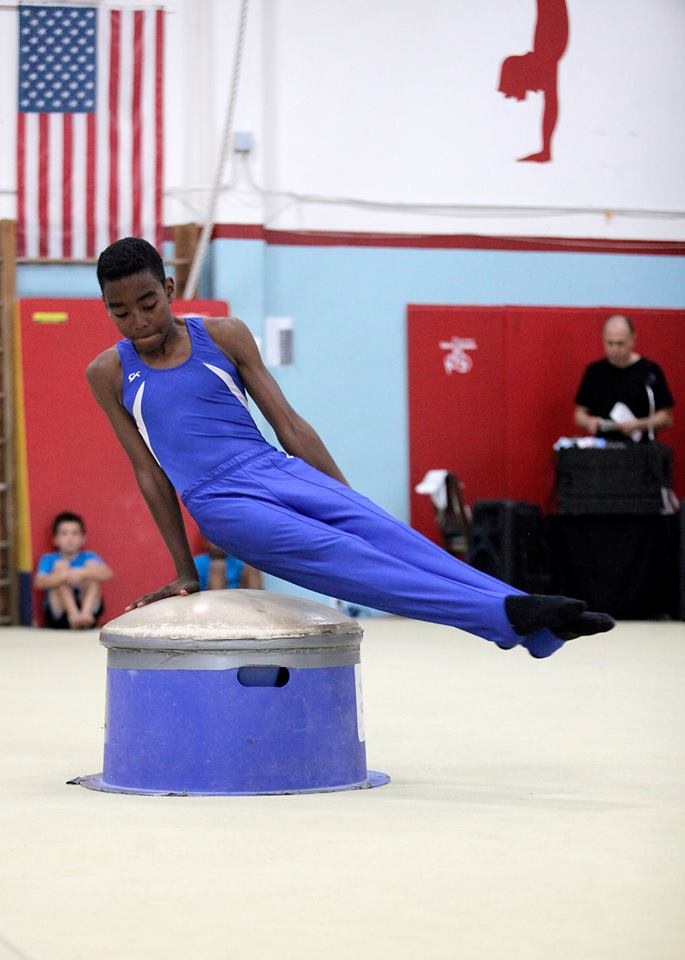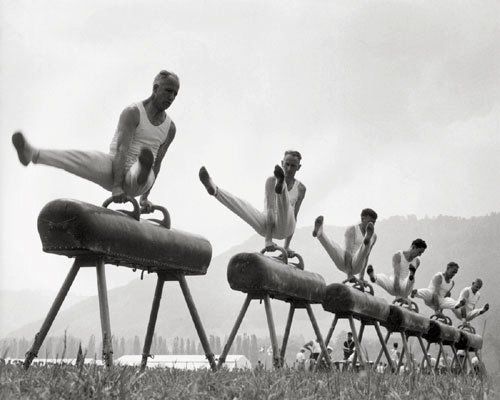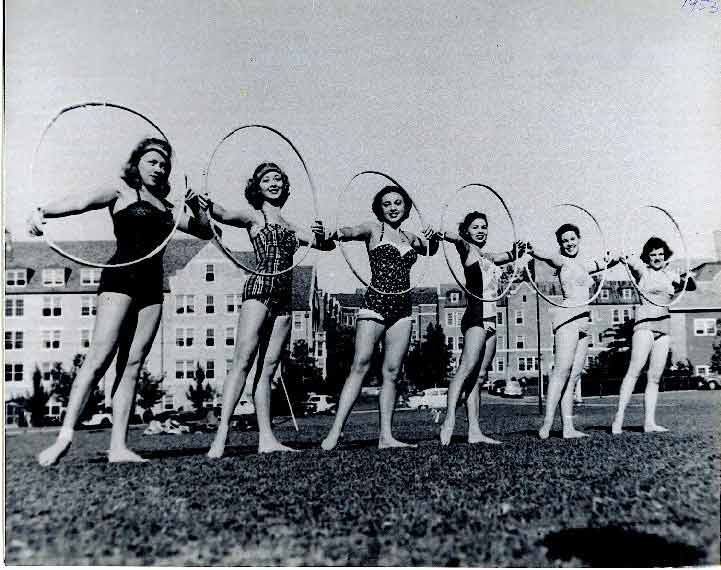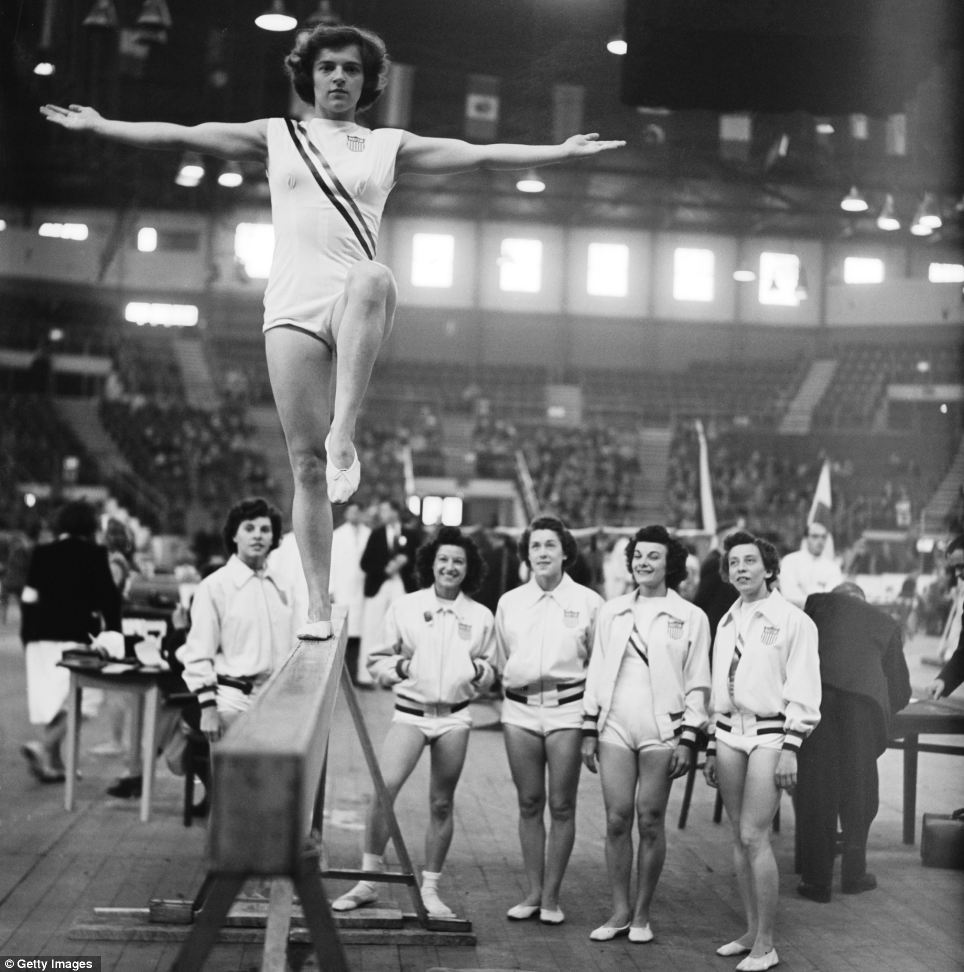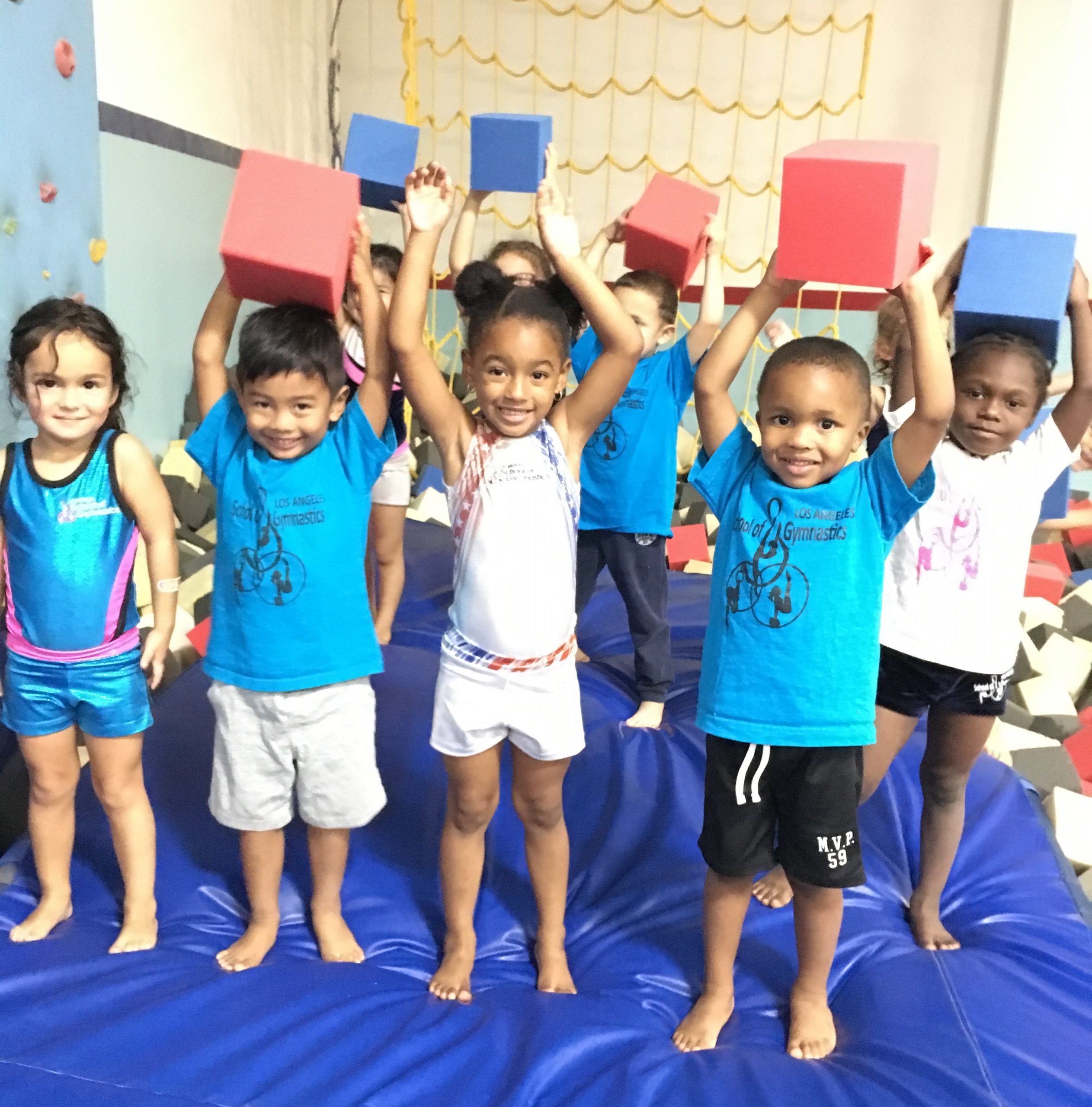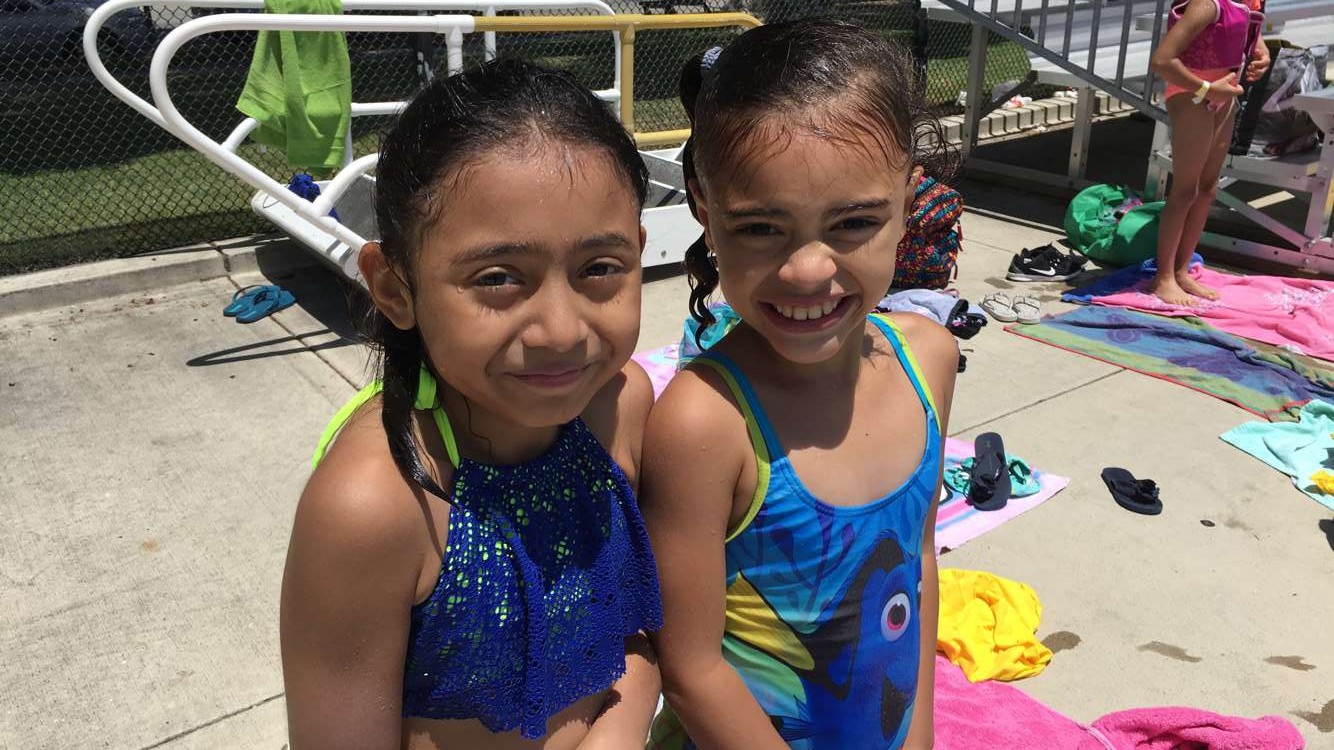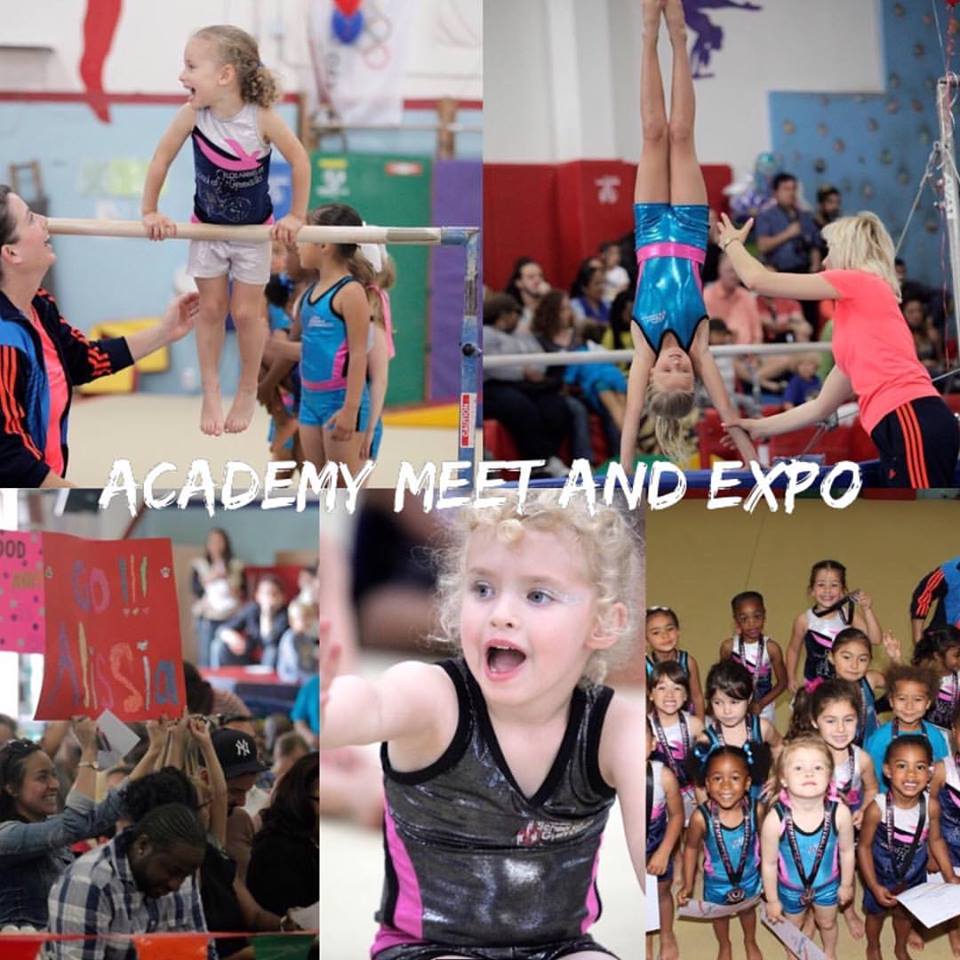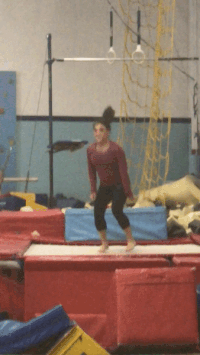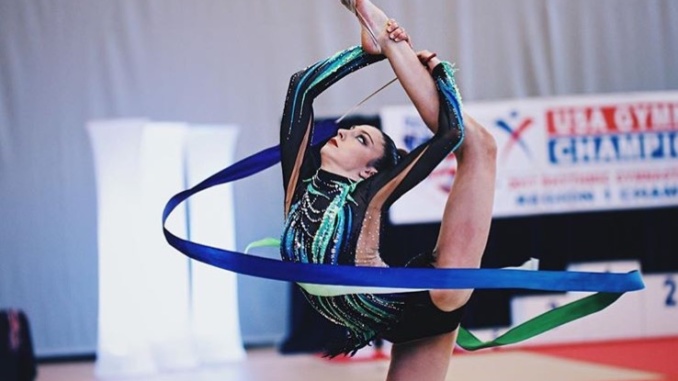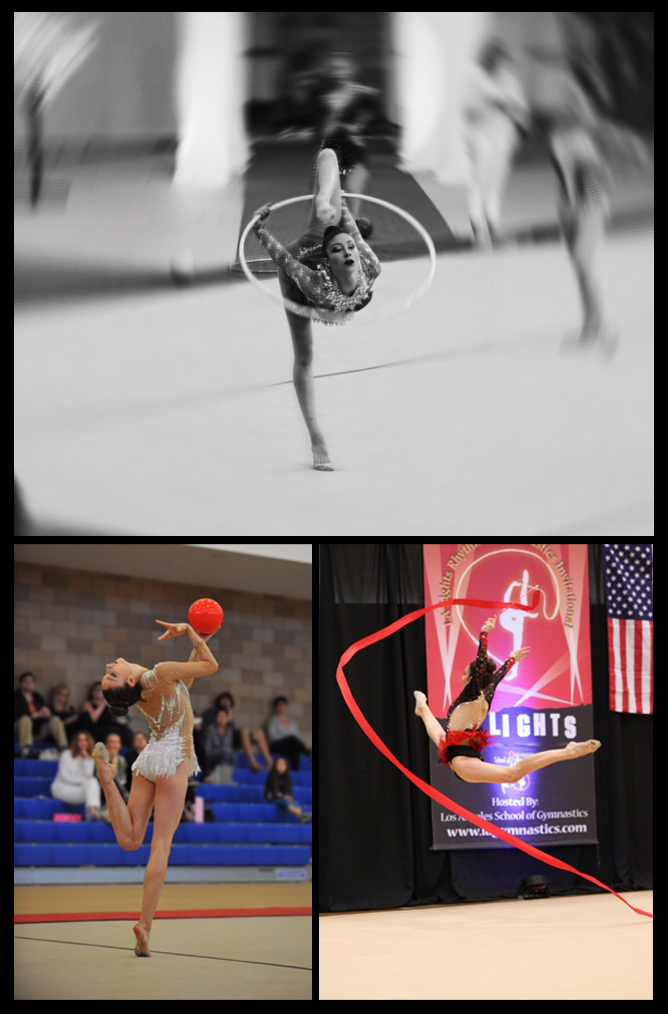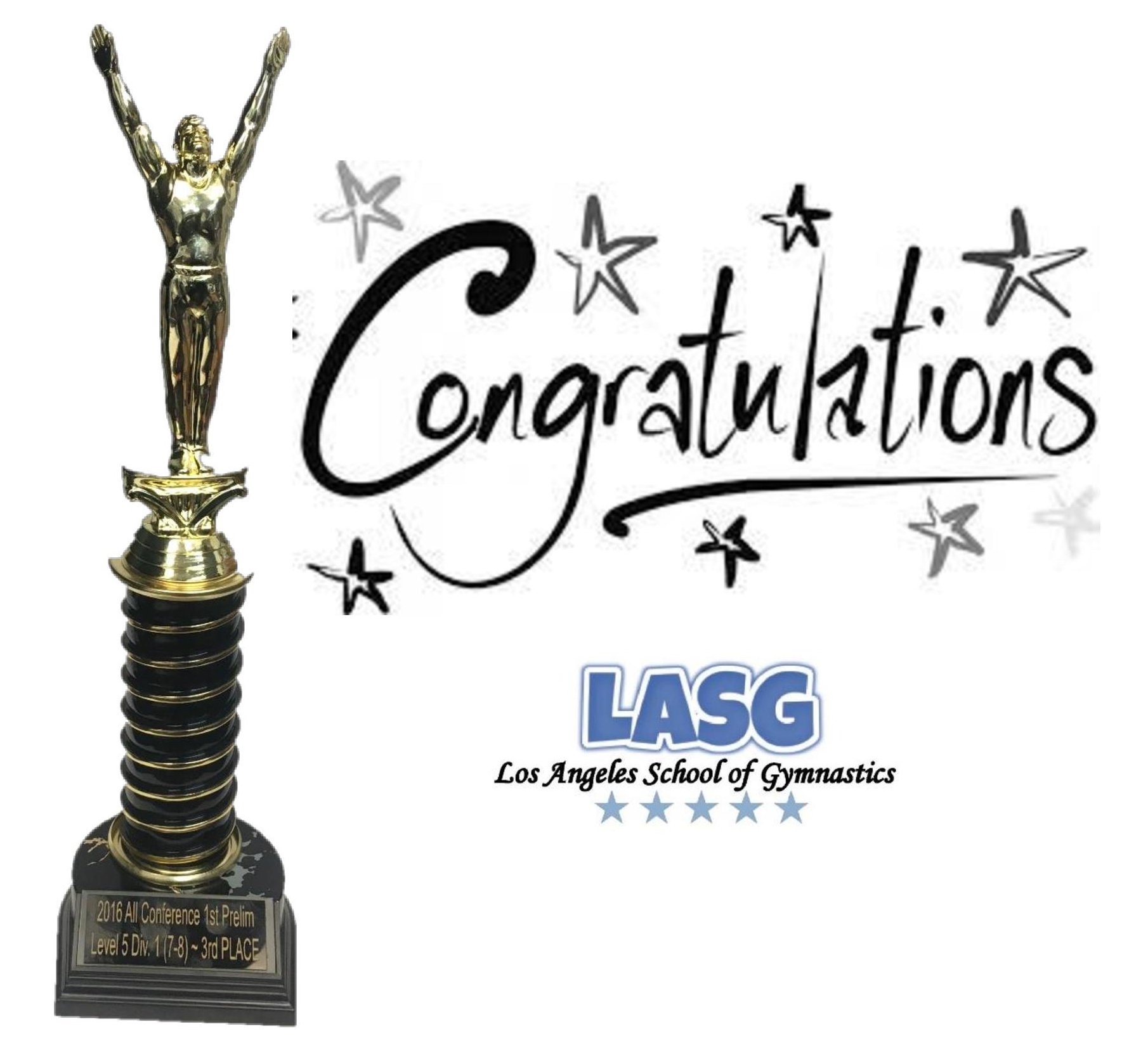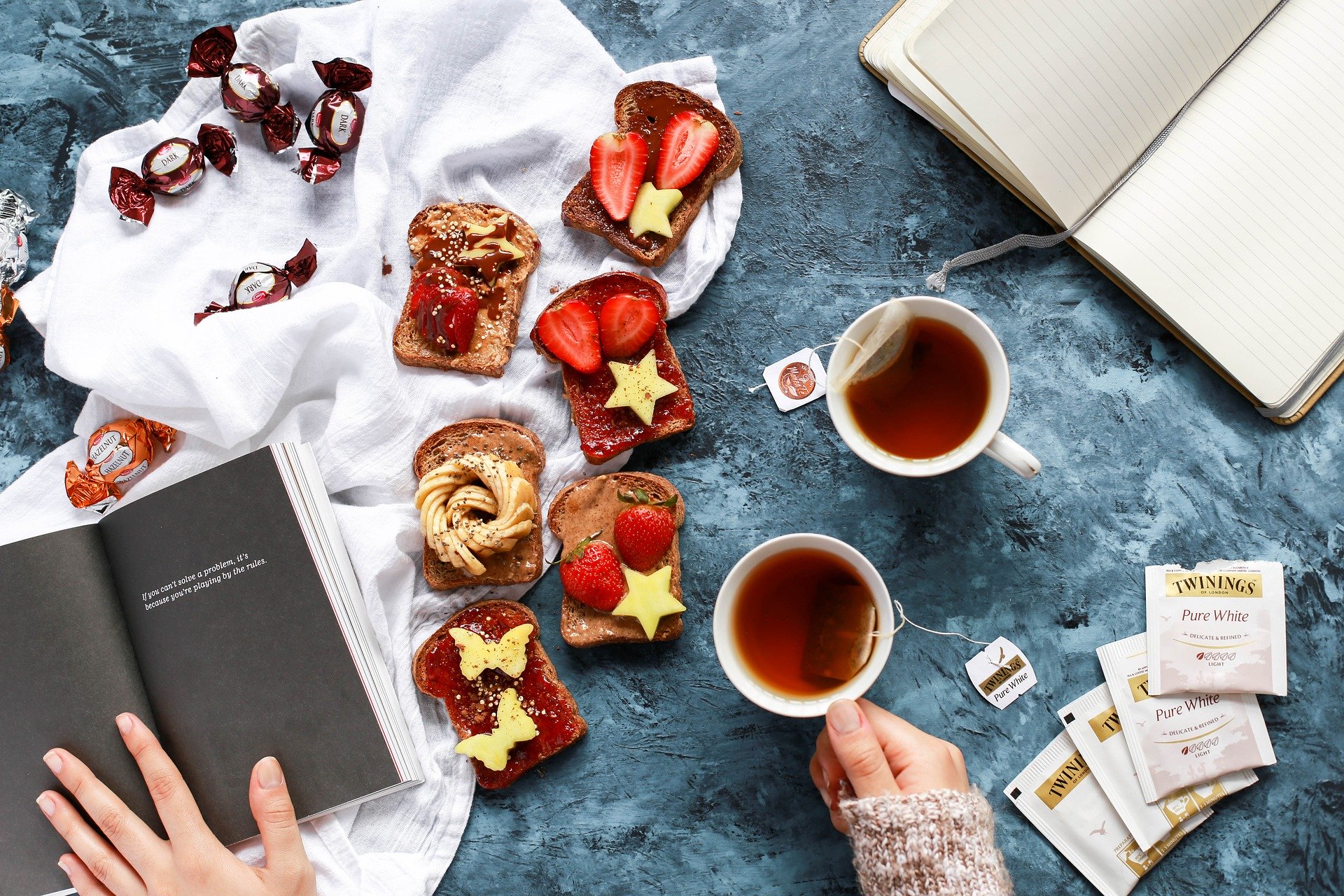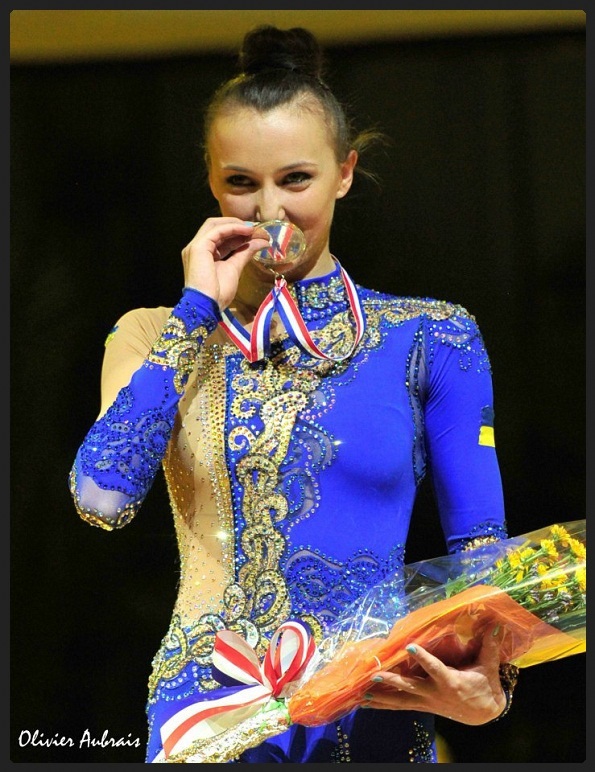Often times, people think gymnastics is a ?girls sport? but men?s artistic gymnastics has produced some of the greatest athletes in the world. There are many benefits of putting your son in gymnastics classes, including helping them to play other sports. According to playgymnastics.com, check out these reason why gymnastics helps boys play in other sports

Improved motor skills, coordination and balance
Gymnastics is the perfect cross training activity for boys. Why? Because all sports require a variety of movement skills and ?gymnastics helps children build a range of motor and coordination skills, and assists in developing a good sense of body awareness.?
Through gymnastics boys can improve these skills in a way that just practicing within their sport cannot. According to Olympic gold-medalist Kyle Shewfelt, ?every little boy should be put in gymnastics, regardless of size.?
He adds that ?it is the best place to teach kids what they need to exceed at other sports because they learn how their body works?.

Keep the passion for ?their sport?
Young athletes who participate in more than one sport may also have a greater passion training for their ?favorite? sport.
They are less likely to feel burnt out and will come to practice with greater enthusiasm and motivation.
?I think it?s good for kids to participate in all sports.? says hockey great Wayne Gretzky. He adds that ?too often, young hockey players can get burned out by the pressure and the time commitment.?
It?s important for young athletes to try new things and experience excitement about the start of soccer or hockey season.
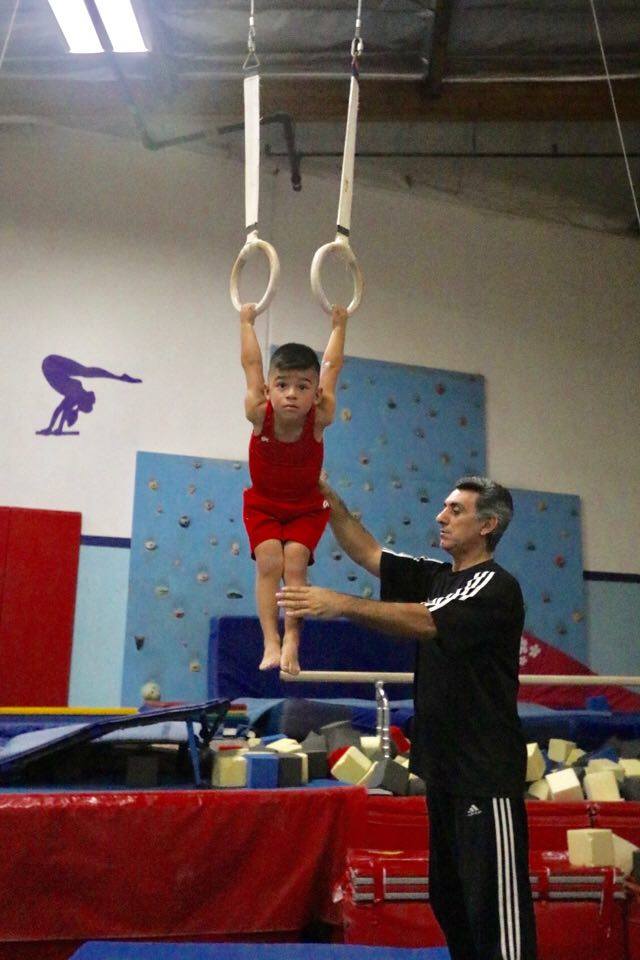
Strength building
Gymnasts are known to have excellent strength-to-weight ratio. In fact when PLAY Gymnastics BC clubs challenge other sports such as junior hockey teams, the young gymnasts are often found to be stronger!
According to the International Gymnastics School, gymnasts get stronger through regular training, which aids in the development of lean, toned muscles, improved balance, and better posture.
According to active.com, here are some other reasons why gymnastics is a great activity choice for boys:
The benefits of gymnastics are both physical and social in nature. Granted, a lot of my personal experiences are anecdotal and unscientific; but there is hard evidence that men feel the positive effects of taking gymnastics as a youngster well into adulthood.
Parents might wonder why doing a backflip or cartwheel would benefit their child, and how that could possibly help him later in life. While the literal act of doing a backflip has no sway on success in life, it?s the skills required to perform such an amazing physical fete that will.

Such a task requires a great deal of strength, flexibility and coordination. All three of these skills assist a child in every physical or extracurricular activity he will perform through his adolescence and into adulthood.
This ability will breed confidence in your son, as he can physically compete in all activities. Another aspect of gymnastics that nurtures confidence is the conquering of fear. Doing a backflip is, in and of itself, scary. Could you launch into a backflip without a slight shake in the knees? Children who overcome this at a young age grow more assertive and self-assured.
Additional benefits include the encouragement of a healthy and active lifestyle, learning how to fall and land gracefully and the development of social skills. With so many positive takeaways, there?s little reason parents should not encourage young boys to pursue gymnastics. And, if they feel embarrassed by the leotards and stirrup pants, it?s pretty easy to convince someone that somersaults and splits are totally mind-blowing.
